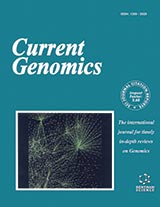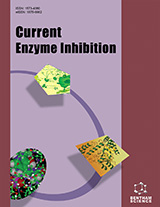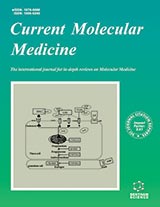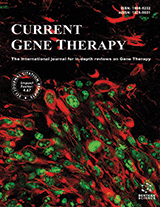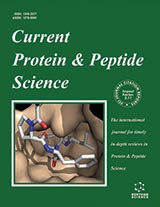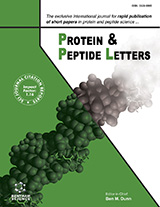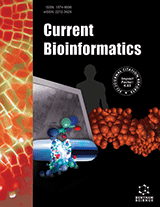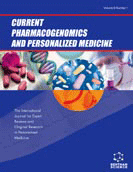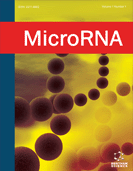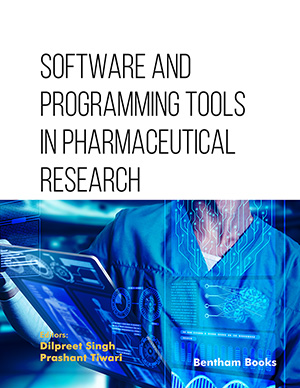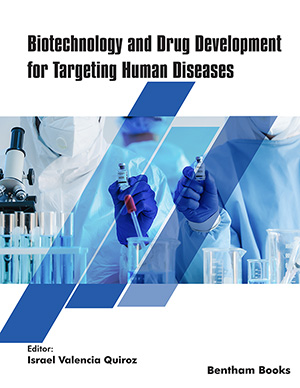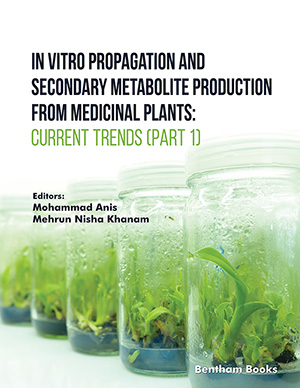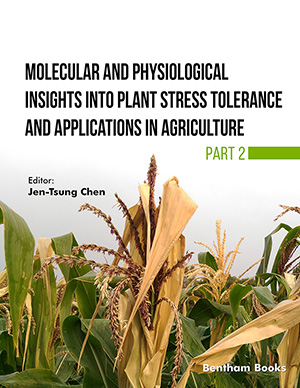Abstract
Mitochondria are essential for various biological processes including cellular energy production. The oxidative stress theory of aging proposes that mitochondria play key roles in aging by generating reactive oxygen species (ROS), which indiscriminately damage macromolecules and lead to an age-dependent decline in biological function. However, recent studies show that increased levels of ROS or inhibition of mitochondrial function can actually delay aging and increase lifespan. The aim of this review is to summarize recent findings regarding the role of mitochondria in organismal aging processes. We will discuss how mitochondria contribute to evolutionarily conserved longevity pathways, including mild inhibition of respiration, dietary restriction, and target of rapamycin (TOR) signaling.
Keywords: Mitochondria, Aging, Reactive oxygen species, Dietary restriction, Target of rapamycin (TOR)
Current Genomics
Title:Mitochondria and Organismal Longevity
Volume: 13 Issue: 7
Author(s): Ara B. Hwang, Dae-Eun Jeong and Seung-Jae Lee
Affiliation:
Keywords: Mitochondria, Aging, Reactive oxygen species, Dietary restriction, Target of rapamycin (TOR)
Abstract: Mitochondria are essential for various biological processes including cellular energy production. The oxidative stress theory of aging proposes that mitochondria play key roles in aging by generating reactive oxygen species (ROS), which indiscriminately damage macromolecules and lead to an age-dependent decline in biological function. However, recent studies show that increased levels of ROS or inhibition of mitochondrial function can actually delay aging and increase lifespan. The aim of this review is to summarize recent findings regarding the role of mitochondria in organismal aging processes. We will discuss how mitochondria contribute to evolutionarily conserved longevity pathways, including mild inhibition of respiration, dietary restriction, and target of rapamycin (TOR) signaling.
Export Options
About this article
Cite this article as:
B. Hwang Ara, Jeong Dae-Eun and Lee Seung-Jae, Mitochondria and Organismal Longevity, Current Genomics 2012; 13 (7) . https://dx.doi.org/10.2174/138920212803251427
| DOI https://dx.doi.org/10.2174/138920212803251427 |
Print ISSN 1389-2029 |
| Publisher Name Bentham Science Publisher |
Online ISSN 1875-5488 |
Call for Papers in Thematic Issues
Advanced AI Techniques in Big Genomic Data Analysis
The thematic issue on "Advanced AI Techniques in Big Genomic Data Analysis" aims to explore the cutting-edge methodologies and applications of artificial intelligence (AI) in the realm of genomic research, where vast amounts of data pose both challenges and opportunities. This issue will cover a broad spectrum of AI-driven strategies, ...read more
Applications of Single-cell Sequencing Technology in Reproductive Medicine
Single cell sequencing (SCS) technology utilizes individual cells' genetic material to sequence their genome, transcriptome, and epigenetics at the molecular level. It offers insights into cell heterogeneity and enables the study of limited biological materials. Since its recognition as a valuable technique in 2011, single cell sequencing has yielded numerous ...read more
Current Genomics in Cardiovascular Research
Cardiovascular diseases are the main cause of death in the world, in recent years we have had important advances in the interaction between cardiovascular disease and genomics. In this Research Topic, we intend for researchers to present their results with a focus on basic, translational and clinical investigations associated with ...read more
Deep learning in Single Cell Analysis
The field of biology is undergoing a revolution in our ability to study individual cells at the molecular level, and to integrate data from multiple sources and modalities. This has been made possible by advances in technologies for single-cell sequencing, multi-omics profiling, spatial transcriptomics, and high-throughput imaging, as well as ...read more
Related Journals
 20
20
- Author Guidelines
- Graphical Abstracts
- Fabricating and Stating False Information
- Research Misconduct
- Post Publication Discussions and Corrections
- Publishing Ethics and Rectitude
- Increase Visibility of Your Article
- Archiving Policies
- Peer Review Workflow
- Order Your Article Before Print
- Promote Your Article
- Manuscript Transfer Facility
- Editorial Policies
- Allegations from Whistleblowers
- Announcements
Related Articles
-
TRP Channels in Respiratory Pathophysiology: the Role of Oxidative, Chemical Irritant and Temperature Stimuli
Current Neuropharmacology Are Sex Differences in Outcomes of Patients with ACS from Observational Registries Similar to the Findings from Randomized Clinical Trials?
Current Pharmaceutical Design Vagal Stimulation Facilitates Improving Effects of Ranolazine on Cardiac Function in Rats with Chronic Ischemic Heart Failure
Current Molecular Medicine Changes in Serum Nampt Levels and Its Significances in Diabetic Nephropathy Patients-The Potential Role of Nampt in T2DM with Diabetic Nephropathy
Endocrine, Metabolic & Immune Disorders - Drug Targets Reversal of Cardiac Iron Loading and Dysfunction in Thalassemic Mice by Curcuminoids
Medicinal Chemistry Differential Action of Phytochemicals on Platelet Apoptosis: A Biological Overview
Current Medicinal Chemistry Targeted Drug Delivery for Cardiovascular and Cerebrovascular Diseases
Current Drug Targets The Diagnosis of Large Airway Pathology and the Role of Rigid Bronchoscopy
Current Respiratory Medicine Reviews Therapeutic Modulation of Coagulation and Fibrinolysis in Acute Lung Injury and the Acute Respiratory Distress Syndrome
Current Pharmaceutical Biotechnology Vasomotor Effects of Iodinated Contrast Media: Just Side Effects?
Current Vascular Pharmacology The Beneficial Effects of Sulfur-containing Amino Acids on Cisplatininduced Cardiotoxicity and Neurotoxicity in Rodents
Current Medicinal Chemistry Nitric Oxide: State of the Art in Drug Design
Current Medicinal Chemistry Safety of Cabergoline in the Management of Pituitary Prolactin-Induced Symptoms with Patients Treated with Atypical Neuroleptics
Current Drug Safety SHP-2 Regulates Growth Factor Dependent Vascular Signalling and Function
Mini-Reviews in Medicinal Chemistry High-Density Lipoprotein-Raising Strategies: Update 2010
Current Pharmaceutical Design Systems Biology Approaches and Metabolomics for Understanding Japanese Traditional Kampo Medicine
Current Pharmacogenomics and Personalized Medicine Ivabradine: The Hope for a Good Treatment of Ischemic Heart Disease
Current Medicinal Chemistry Mechanisms of Improvement of Left Ventricular Function by Intracoronary Human Umbilical Cord-Derived Mesenchymal Stem Cell Infusion in Very Old Patients with Coronary Chronic Total Occlusion
Current Pharmaceutical Design Stem Cell Therapy for the Treatment of Acute Myocardial Infarction and Chronic Ischemic Heart Disease
Current Pharmaceutical Biotechnology Postoperative Atrial Fibrillation - What Do We Really Know?
Current Vascular Pharmacology


